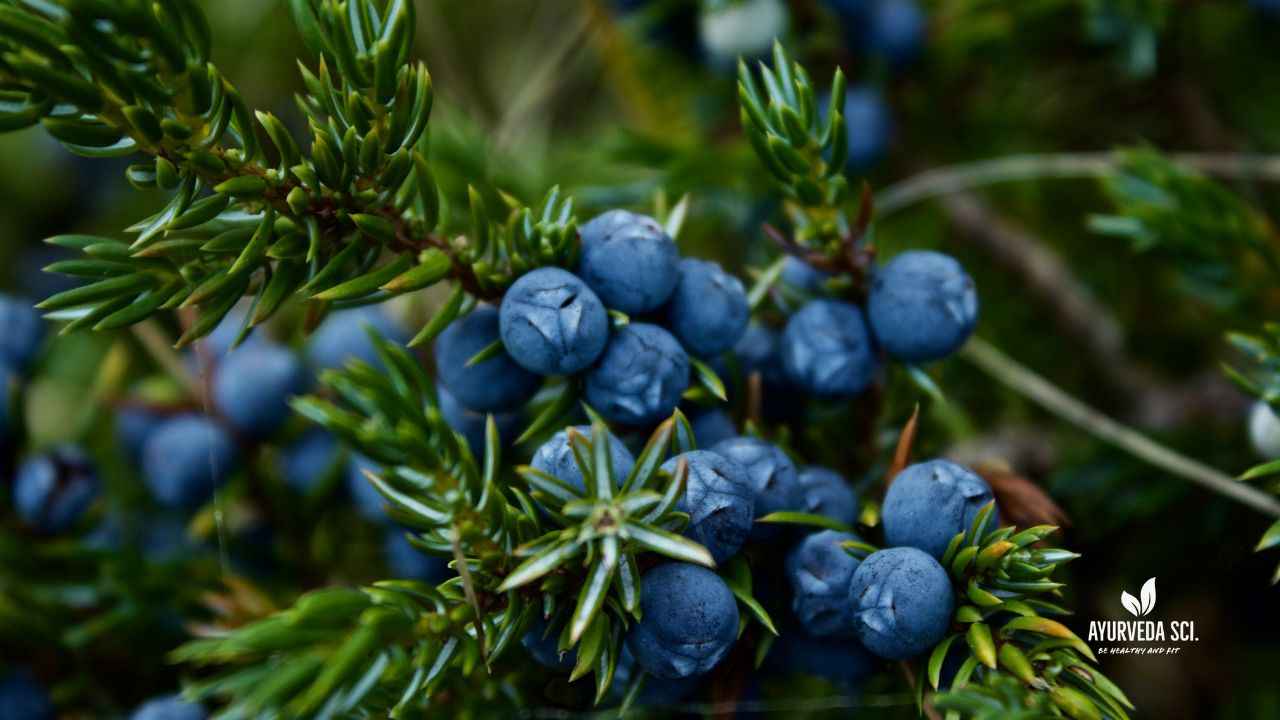Blueberries have been a beloved treat for generations. Those warm summer days spent picking sweet, juicy berries straight from the bush leave lasting memories for many. And despite eating them by the handful, no one has ever turned into a giant blueberry—sorry, Violet Beauregarde fans!
But beyond their irresistible flavor and nostalgic charm, blueberries stand out as one of nature’s true superfoods. Backed by decades of research, these small berries deliver big benefits for nearly every part of your body. Here’s a clear, evidence-based look at why blueberries deserve a regular place in your diet.
What Makes Blueberries So Special?
Blueberries owe their deep blue-purple hue to anthocyanins, a subgroup of flavonoids with potent antioxidant and anti-inflammatory properties. But they’re not just pretty—these compounds actively protect cells, reduce oxidative stress, and influence gene expression in ways that benefit nearly every system in the body.
A landmark 2020 review in Advances in Nutrition analyzed hundreds of studies (human, animal, and in vitro) and concluded that regular blueberry consumption is linked to:
- Improved cardiovascular health
- Better insulin sensitivity and blood sugar control
- Enhanced brain function and delayed cognitive decline
- Reduced inflammation and oxidative damage
- Potential cancer-protective effects
Let’s unpack the science.
Nutritional Profile of Blueberries (per 1 cup / 148 g raw)
| Nutrient | Amount | % Daily Value* |
|---|---|---|
| Calories | 84 kcal | 4% |
| Carbohydrates | 21 g | 8% |
| Dietary Fiber | 3.6 g | 14% |
| Sugars | 15 g | — |
| Protein | 1.1 g | 2% |
| Fat | 0.5 g | 1% |
| Vitamin C | 14.4 mg | 16% |
| Vitamin K | 28.6 mcg | 24% |
| Manganese | 0.5 mg | 22% |
| Vitamin E | 0.8 mg | 5% |
| Potassium | 114 mg | 2% |
| Key Phytochemicals | ||
| Anthocyanins | 163–386 mg** | — |
| Total Polyphenols | ~260 mg | — |
*Based on a 2,000-calorie diet
**Range depends on cultivar and growing conditions (wild blueberries are often higher)
Top 7 Evidence-Based Health Benefits
- Brain Health & Cognitive Protection
The famous Nurses’ Health Study showed that women eating ≥2 servings of blueberries/strawberries per week delayed cognitive aging by up to 2.5 years. Anthocyanins cross the blood-brain barrier and reduce neuroinflammation. A 2023 randomized trial in older adults found ½ cup of freeze-dried blueberry powder daily improved memory and executive function in just 12 weeks. - Heart Disease Prevention
Blueberries improve endothelial function (the lining of blood vessels) and lower LDL oxidation. A 2019 meta-analysis of randomized trials found that 1–2 cups daily reduced systolic blood pressure by ~5 mmHg—comparable to some medications—and lowered arterial stiffness. - Blood Sugar Control & Diabetes Prevention
Despite natural sugars, blueberries have a low glycemic load (GL ≈ 5 per cup). A 2019 study in obese, insulin-resistant adults showed 1 cup of blueberries with a high-carb meal reduced post-meal glucose spikes by 27% compared to placebo. The fiber + polyphenol combo slows gastric emptying and enhances insulin sensitivity. - Anti-Inflammatory Power
Chronic low-grade inflammation drives most modern diseases. Blueberry polyphenols inhibit NF-κB and other inflammatory pathways. A 6-week trial in metabolic-syndrome patients found 1½ cups daily dropped CRP (a key inflammation marker) by 30%. - Gut Microbiome Support
Emerging research shows blueberry fiber and polyphenols act as prebiotics, increasing beneficial Bifidobacterium and Akkermansia muciniphila—bacteria linked to leanness and metabolic health. - Eye Health
Anthocyanins improve retinal microcirculation and protect against age-related macular degeneration. Pilots in WWII reportedly ate bilberry jam (a close cousin) to sharpen night vision—modern studies support similar benefits. - Exercise Recovery & Muscle Protection
A 2021 study in athletes found 1½ cups of blueberries before and after intense exercise reduced muscle soreness and sped strength recovery by 20–30% compared to placebo.
Wild vs. Cultivated: Does It Matter?
Wild (lowbush) blueberries typically contain 2–4 times more anthocyanins than cultivated (highbush) varieties. Frozen wild blueberries are widely available and retain nearly 100% of their antioxidants—often a better choice than out-of-season fresh highbush berries flown halfway around the world.
Practical Ways to Eat More Blueberries
- Breakfast: Add 1 cup to oatmeal, Greek yogurt, or smoothies
- Snack: Freeze them for a naturally sweet treat
- Savory twist: Toss into salads with goat cheese and walnuts
- Dessert: Blend frozen berries with banana for instant “nice” cream
- Pro tip: Pair with a fat source (nuts, yogurt) to enhance anthocyanin absorption
Any Downsides?
Virtually none for most people. Blueberries are low in oxalates and generally safe even for kidney-stone formers. The only caveat: if you’re on warfarin, keep intake consistent (vitamin K content).
The Bottom Line
Blueberries aren’t just delicious—they’re one of the most researched and clinically supported fruits on the planet. A daily cup (fresh, frozen, or powdered) is a simple, evidence-based habit that pays dividends for your brain, heart, metabolism, and longevity.
So next time you pop a handful into your mouth and remember summer days in the woods, know that you’re not just satisfying a childhood craving—you’re giving your body a serious dose of medicine. Nature’s candy, indeed.

